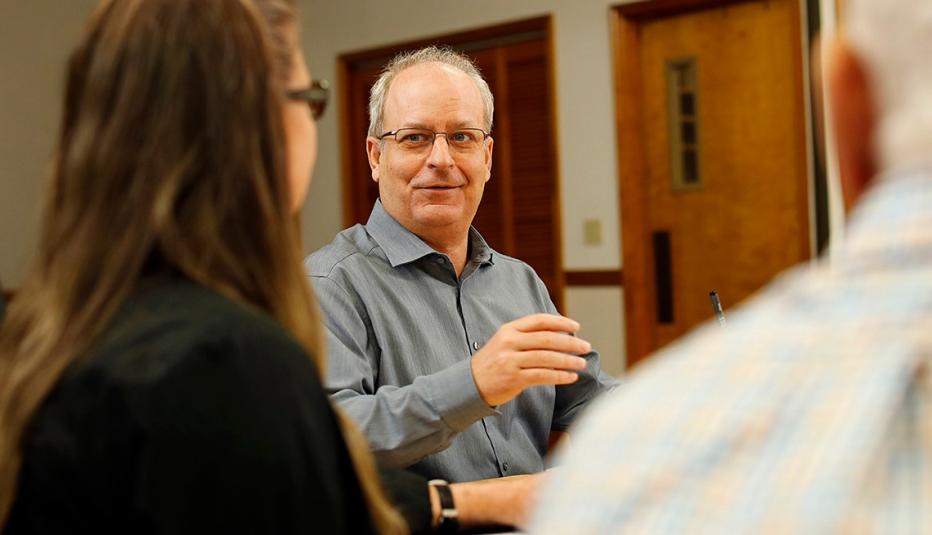AARP Hearing Center
Merle Edwards-Orr, Applied Self Direction
Kathleen Ujvari, AARP Public Policy Institute
Just over 1 million people were enrolled in Medicaid-funded and Veteran-Directed Home- and Community-Based Services self-directed programs in 2016. Evidence shows that self-direction is an effective way to provide long-term services and supports (LTSS). Although enrollment increased by more than 40 percent since 2011, nationally, fewer than 27 out of every 1,000 people with any disability were self-directing their LTSS.
This paper describes how four states (Texas, Iowa, Wisconsin, and Florida) used innovative strategies to develop and expand self-directed services programs, coordinate and personalize service options, promote stakeholder engagement and outreach, and implement training programs to expand opportunities for individuals to self-direct their LTSS. This paper also includes a toolkit of self-directed program resources that can be used for training, education, collaboration, and replication. These tools are offered as a guide for states seeking to develop, improve, or expand their own self-directed LTSS programs.
This paper is the fourth in a series of innovative and promising practices reports. This series is a new feature of the 3rd edition of the Long-Term Services and Supports State Scorecard published in 2017. The Scorecard—written by the AARP Public Policy Institute and funded by The SCAN Foundation and The Commonwealth Fund—measures state-level performance of long-term services and supports systems that assist older people, adults with disabilities, and their family caregivers.
MORE FROM AARP




































































